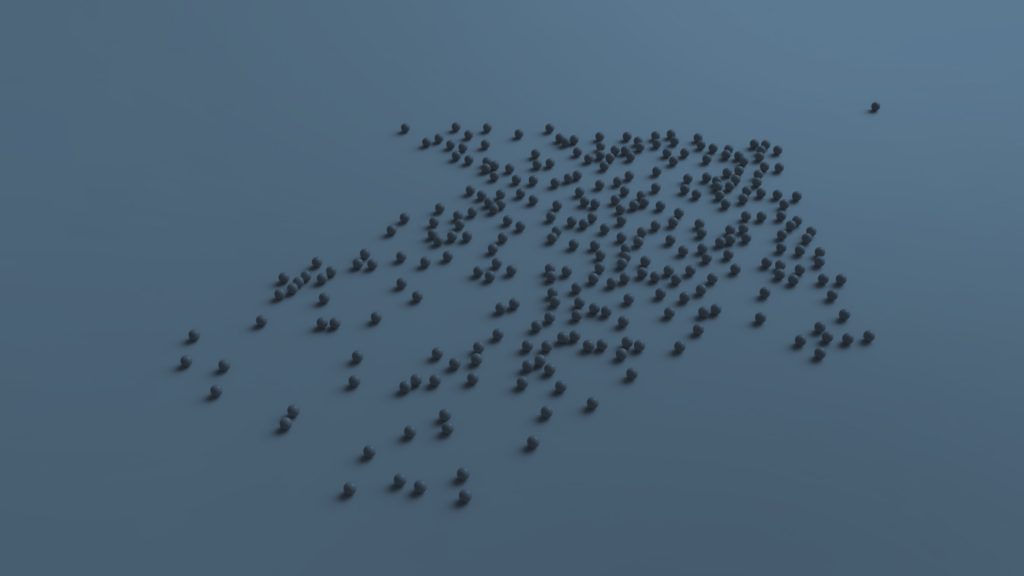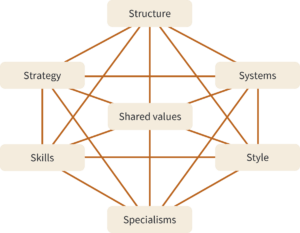To steer the development of a capability in your organization, you can determine an objective in three easy steps.

Steps to determine an objective
Advantage
Define which advantage the capability will bring to your organization.
Direction
Define a course of action for developing the capability in your organization.
Priority
Define the importance and urgency of developing the capability.
Advantage
You can perform a VRIO analysis to identify the advantage a capability brings to your organization. This allows you to find out four relevant properties. These properties are:
Valuable
Able to exploit opportunities and defend against threats.
Rare
Scarce and difficult to acquire.
Inimitable
Hard to copy or substitute.
Organized
Set up to capitalize on resources.
Direction
Determine a course of action for developing a certain capability as follows:
Pivot
If it is valuable but non-existent (in your organization).
Refine
If it is existent and valuable, but not rare.
Integrate
If it is existent, valuable, and rare, but not inimitable.
Support
If it is existent, valuable, rare, and inimitable, but not organized.
Maintain
If it is existent, valuable, rare, inimitable, and organized.
Priority
Determine a priority for developing a certain capability as follows:
Now
If it can be developed, which needs to be done first.
Next
If it can be developed, which needs to be done next.
Later
If it can be developed, which needs to be done at a later time.


